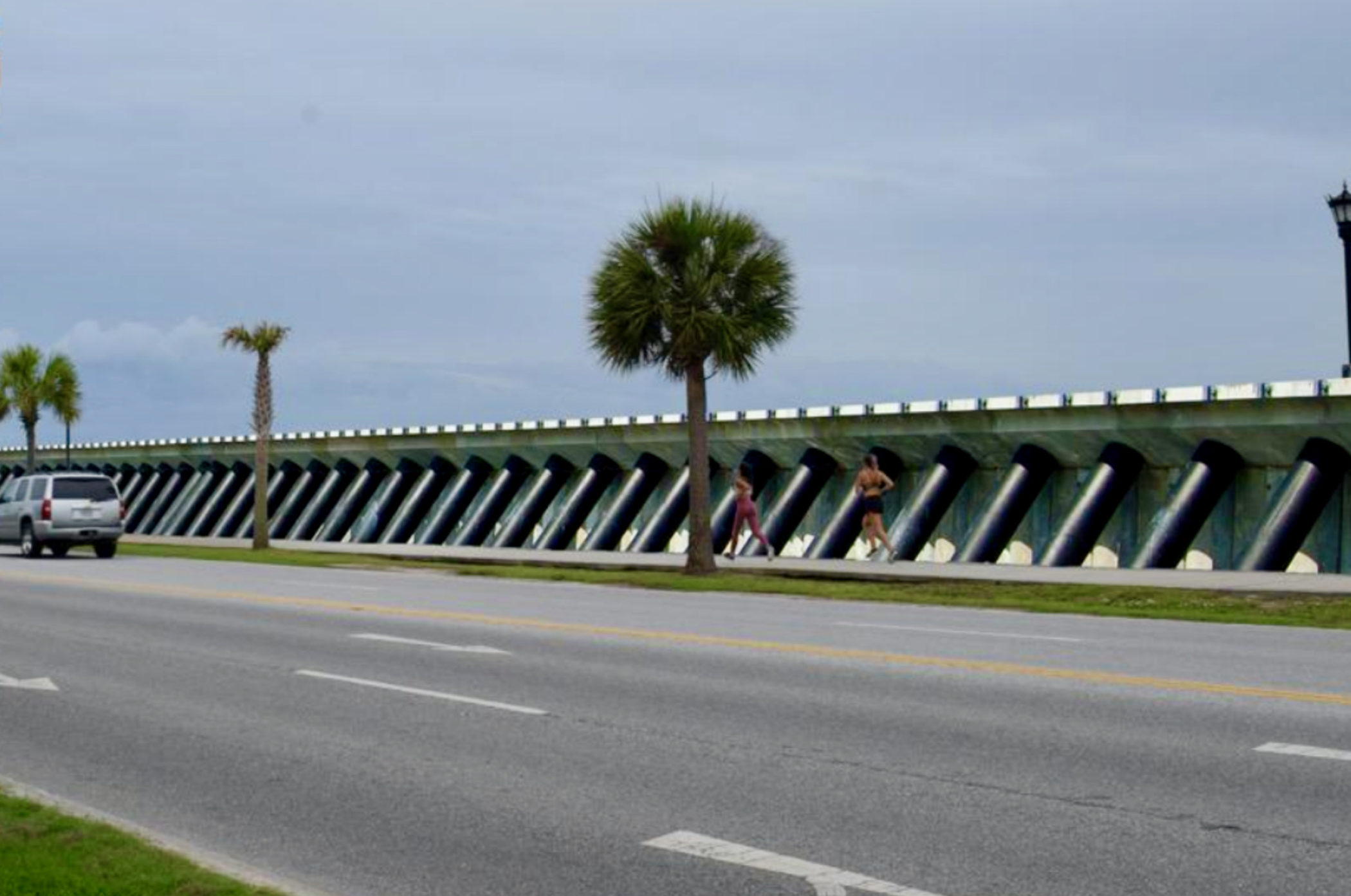Letter: Charleston Sea Wall Won’t Solve City’s Sea Rise Problem
Proposed structure would be “unsightly and ridiculously expensive” as well as “largely useless …”
The plan for an eight-foot seawall around the Charleston Peninsula (detailed in a January 5, 2022 ar
